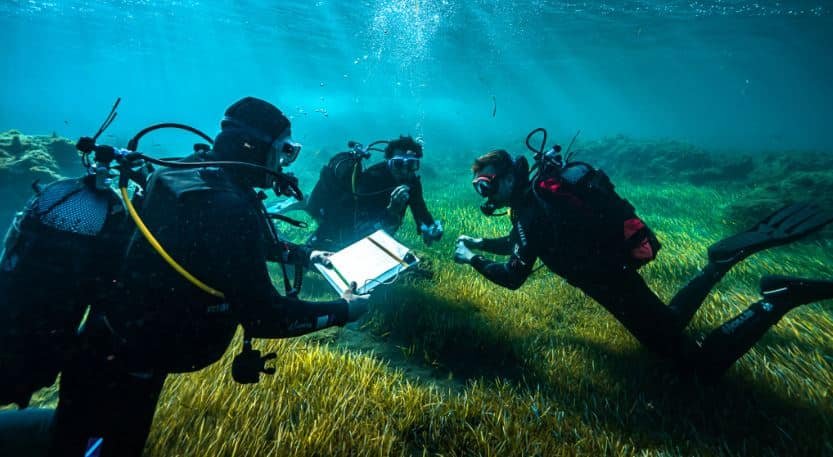Seed Health, a microbial science company, revealed its recent research showing that microorganisms, particularly blue-green algae, can unlock new carbon capture solutions.
The research is a collaboration between SeedLabs, an environmental research division of Seed Health, and the team of the Two Frontiers Project (2FP) led by Dr. Braden Tierney.
Remarking on the announcement, a co-founder of Seed Health stresses:
“…we founded SeedLabs to harness the power of microbes to enhance biodiversity and restore ecosystems impacted by human activity. With this collaboration, we have the potential to power the ‘bio-revolution’ in carbon technology and uncover novel solutions to address the climate crisis.”
The Need for Radical Carbon Capture
The world is under extreme pressure to curb carbon emissions fueled by deforestation, increased use of fossil fuels, and industrial activities. All these make climate change worse, and the United Nations’ IPCC stressed the importance of carbon removal to mitigate it.
Scientists are making great strides towards scaling up the world’s capacity to remove and sequester carbon emissions in the atmosphere. And the research team from SeedLabs and 2FP.
2FP’s innovative, data-driven approach to studying the planet’s carbon-rich environments is perfect for discovering microbes ideal for carbon capture. Their results can help drive the discovery and development of advanced CO2 sequestration technologies.
Dr. Tierney said that microbial dark matter has the great “potential for understanding and improving the health of our planet.” He added that their team at the 2FP is using microbial exploration and scaling it to provide next-gen sequencing technologies.
Powering the Bio-Revolution to Seize Carbon
SeedLabs funded the research composed of two expeditions. These are CARBON1 in Vulcano, a small island off Sicily’s coast, and CARBON2 in the Rocky Mountains of Colorado. Research team members are from the University of Palermo, Harvard Medical School, Colorado State University, and the University of Wisconsin-Madison.
Using advanced scientific methods, they succeeded in discovering a never-before-seen volcanic green photosynthetic bacteria known as cyanobacteria that are so efficient at consuming CO2 and seem to outperform other microbes.
Cyanobacteria, or blue-green algae, are microscopic organisms that naturally live in water and have a big appetite for carbon dioxide. They are also capable of converting the captured carbon into biodegradable bioplastic.
The team in the first expedition, CARBON1, sampled water, sediment, and other sources of microbial life present in Vulcano. The collected carbon-capturing microbes were cultured in a lab environment, from which a bigger team discovered a new cyanobacteria strain.
According to a researcher from Harvard, the strain they isolated was more efficient at capturing carbon and seemed to adapt to the environment of the volcanic plumes by “becoming denser and sinking more readily”. This unique quality is ideal for carbon capture and deep ocean sequestration.
The team of the second expedition, CARBON2, explored the carbonated springs in Colorado’s Rocky Mountains (captured below), which are known to contain a thousand times more CO2 levels than the volcanic seeps in Sicily’s Vulcano.

The scientists used the Oxford Nanopore’s MinION system in sequencing DNA in the field and designing media on-site to isolate microbes that capture carbon. The system shows the possibility of conducting remote science in extreme environments.
Creating a Unique, Open-Source ‘Living Database’ of Microbes
The group is creating a unique, open-source ‘living database’ of extreme microbiomes. It combines DNA sequencing data with a biobank of thousands of different environmental and biological samples.
Their research approach is cutting-edge with the help of machine learning and microbial bioinformatics. This enables the team to continue their investigation from the field long after coming back to the lab. They can also go back to their stored samples and culture more microbes, depending on their scientific analysis.
Ultimately, the team can preserve and protect their metadata and biological material that future researchers can use. Their groundbreaking approach – DNA sequencing + cultivated biobank – is unmatched in extremophile (organism that thrives in extreme environments) microbiology.
This initiative expands SeedLabs’ environmental works beyond probiotic innovations in restoring ecosystems to include pioneering microbial technologies that can help address the most serious issues presented by climate change.

